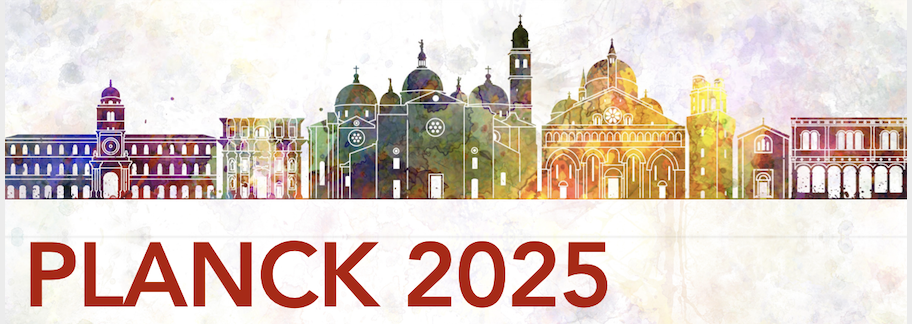Speaker
Description
Self-organised criticality, realised through cosmological dynamics in the early universe, is an alternative paradigm for addressing the electroweak hierarchy problem. In this scenario, an unnaturally light Higgs boson is the result of dynamics driving the electroweak vacuum towards a near-critical metastable point where the Higgs mass is bounded from above by the vacuum instability scale. To lower the vacuum instability scale close to the weak scale, previous realisations of this mechanism introduced new vector-like fermions coupled to the Higgs. Here we show that an Axion-Like Particle (ALP) coupling to the Higgs is an alternative possibility for achieving criticality with another well-motivated and naturally light candidate for new physics, thus leading to an entirely different set of testable phenomenological signatures. Our Axion-Higgs criticality model predicts an ALP in the MeV to $\mathcal{O}(10)$ GeV range. The entire natural region of parameter space can be thoroughly explored by a combination of future colliders, flavour experiments, and cosmological observatories.

